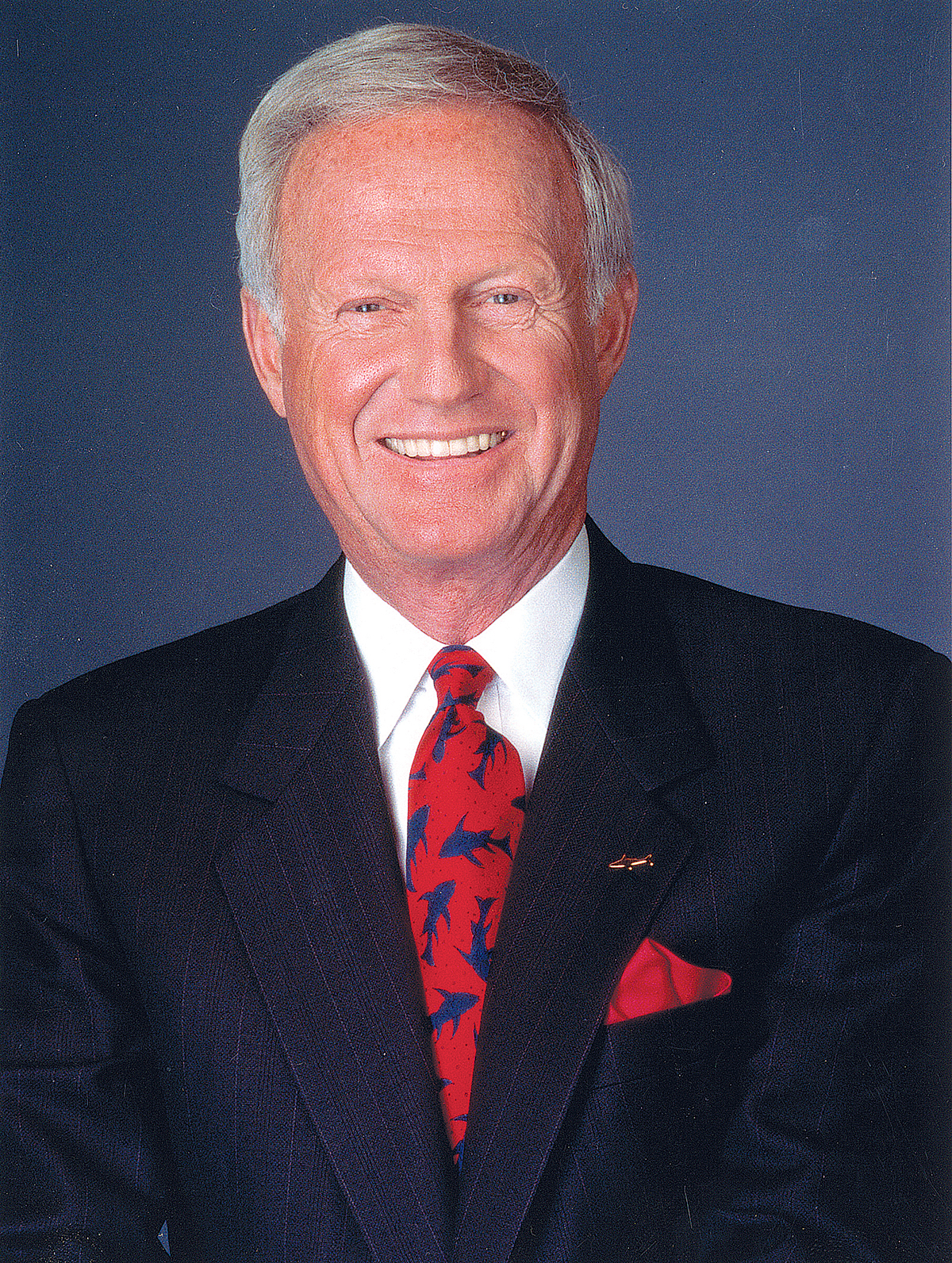The Benjamin Franklin Close (also known as “The Balance Sheet Close”) is one of the classic old-time sales tactics used to close a sale. Never heard of it? Shame on you – not enough sales training.
The scenario is this: You’ve made your presentation, but the prospect is on the fence, and won’t make up his or her mind. You’ve tried everything, but can’t get them to budge.
Then you say, “You know Benjamin Franklin was one of our wisest citizens, wouldn’t you agree, Mr. Johnson?” (Get prospect’s agreement.) “Whenever he was faced with a decision – and he had some pretty big ones back then – he would take a plain piece of paper, draw a line down the middle and put a plus sign on one half, and a minus on the other.”
“In his genius he discovered that by listing all the positive elements on the plus side of the paper, and the negative things on the minus side, the decision would become obvious – pretty sound concept, agreed?” (Get prospect’s agreement.)
“Let me show you how it works. Since you’re having a tough time deciding, let’s list the benefits – some of the reasons you may want to purchase. Then we’ll list the negatives. Fair enough?” (Get prospect’s agreement.)
Now you list every good thing about your product or service. Get the prospect to say most of them. What the prospect says will be the main points of interest to him. Take your time to develop a complete list. Then you say, OK, let’s list the negatives, and hand the pen to the prospect, and push the list toward him. Don’t say a word. Usually the prospect can only think of responses having to do with price or affordability.
In theory this sounds like a good way to close a sale.
The big problem with the Benjamin Franklin Close – it’s old-world selling that not only doesn’t work, it annoys the prospective buyer. Try that close on someone who has ever taken a sales course, and it’s an insult.
The reality of the sale is – the prospect has already made up his mind – he’s just not telling you.
So, should you just forget it and never use the Ben Franklin Close. Heck no – just use the Ben Franklin principle in a different way. Do what Ben would have done – figure out a new way and a better way, and use it.
Here’s a powerful new way to re-use the classic Ben Franklin Close:
Use it on yourself – before you make the sales call.
Get a plain piece of paper (or your laptop), and draw a line down the middle of the page.
On the plus side, list the prospect’s main needs, the questions you want to ask, the benefits and main points you want to be sure to cover, one or two ideas you’re bringing to discuss, one or two personal things in common to discuss, the names of the decision-makers and why you believe they will buy.
On the minus side, list the reasons why the prospect may not buy, your responses and the obstacles you may have to overcome.
Now you’re ready to make the sale, and Ben helped you.
If you use the Ben Franklin Close on yourself, before you go in to make the sale, then you can ask the buyer intelligent closing questions. For example, questions that might lead with, What are the major obstacles?
That’s a Ben Franklin Close that Ben would be proud of – the one you prepare for yourself. You close yourself before you make the sale.
Try this new version of an old classic. Ben would be proud of you. So would your boss. •
Jeffrey Gitomer is the author of 12 best-selling books, including “The Sales Bible.” He can be reached at salesman@gitomer.com.












